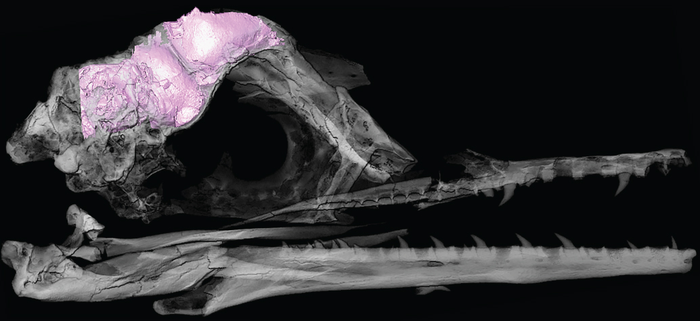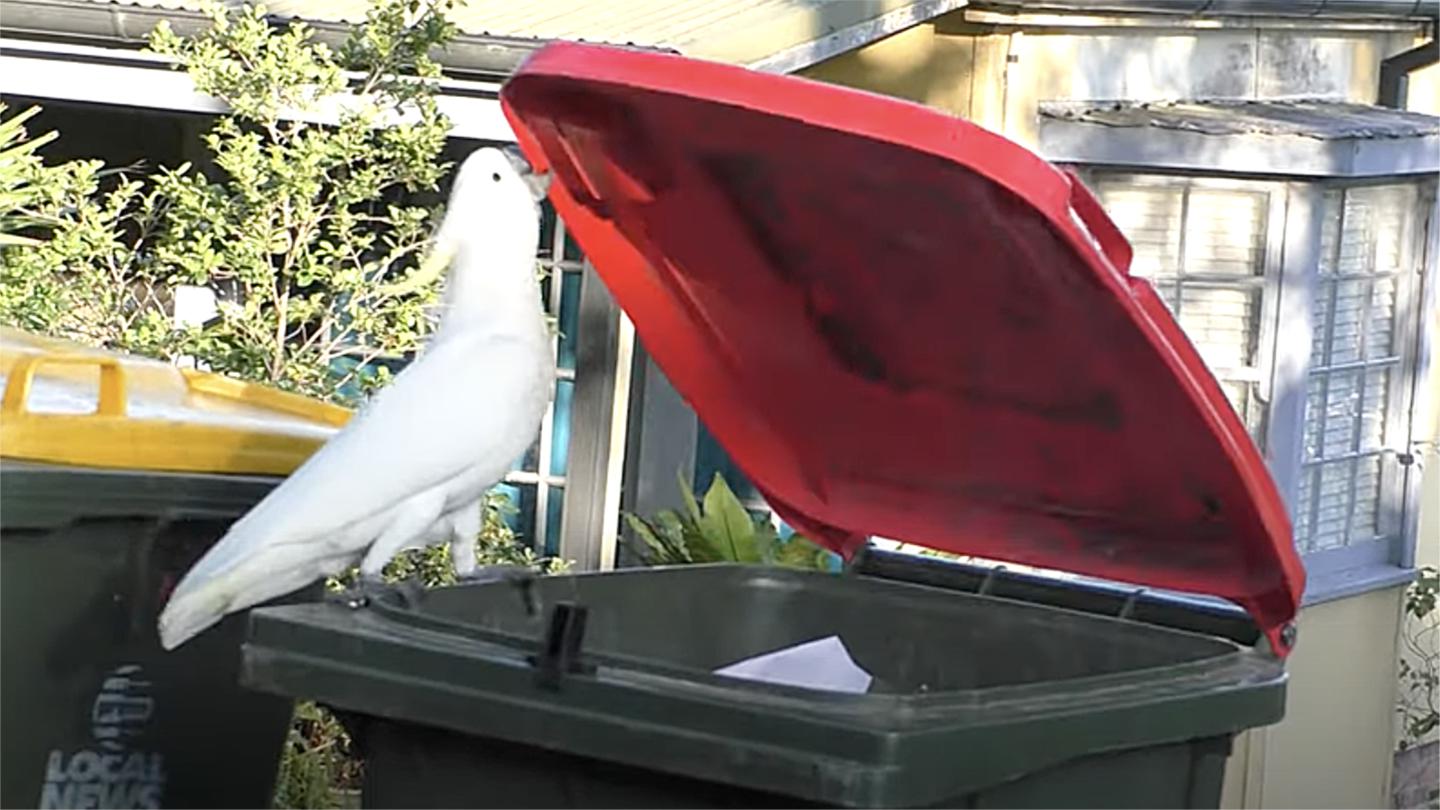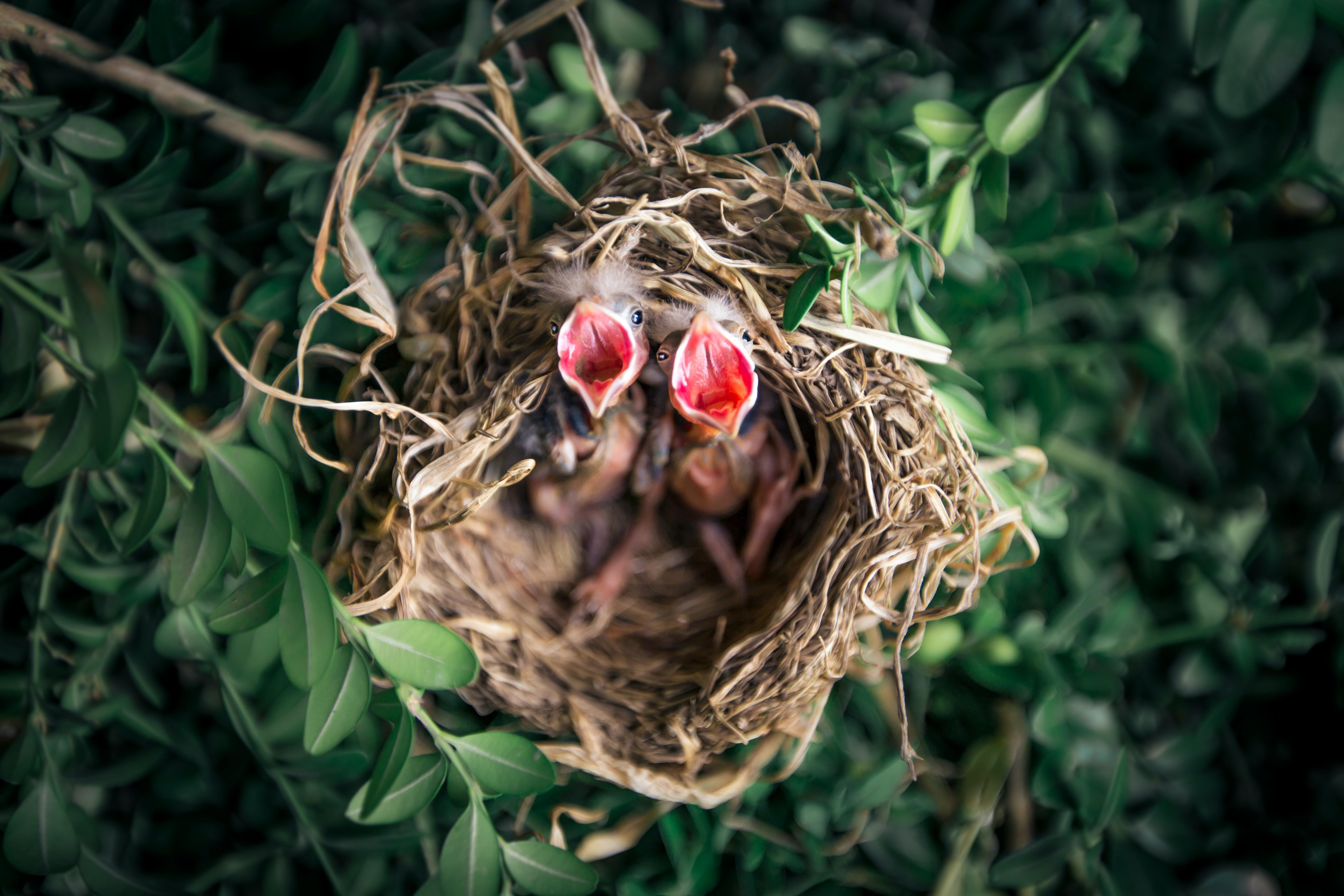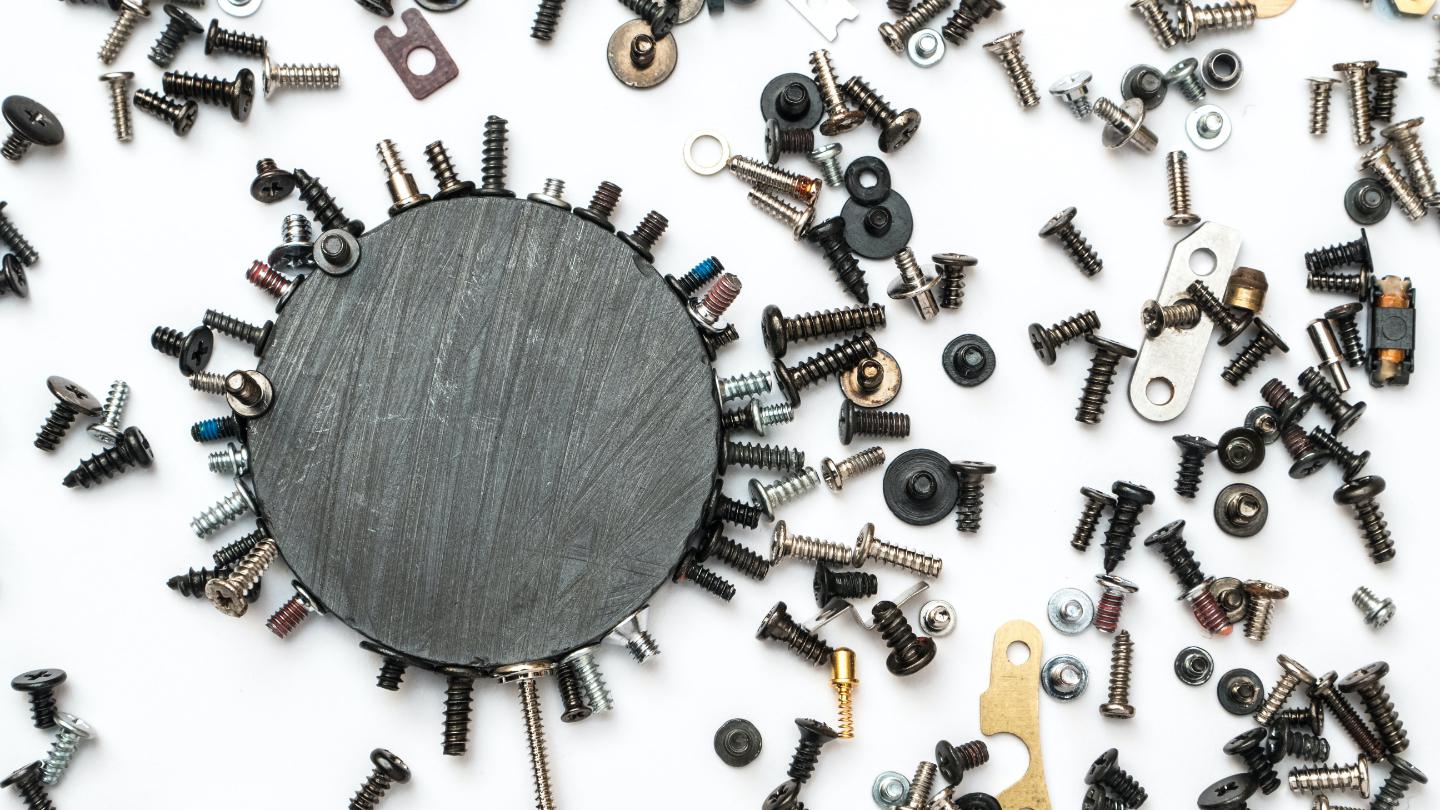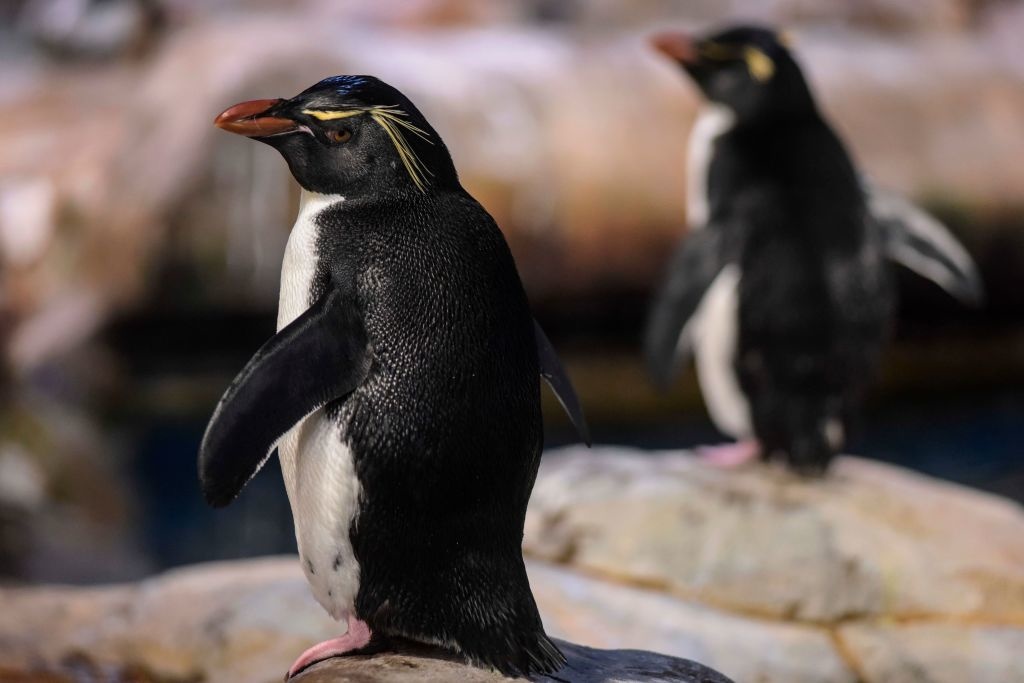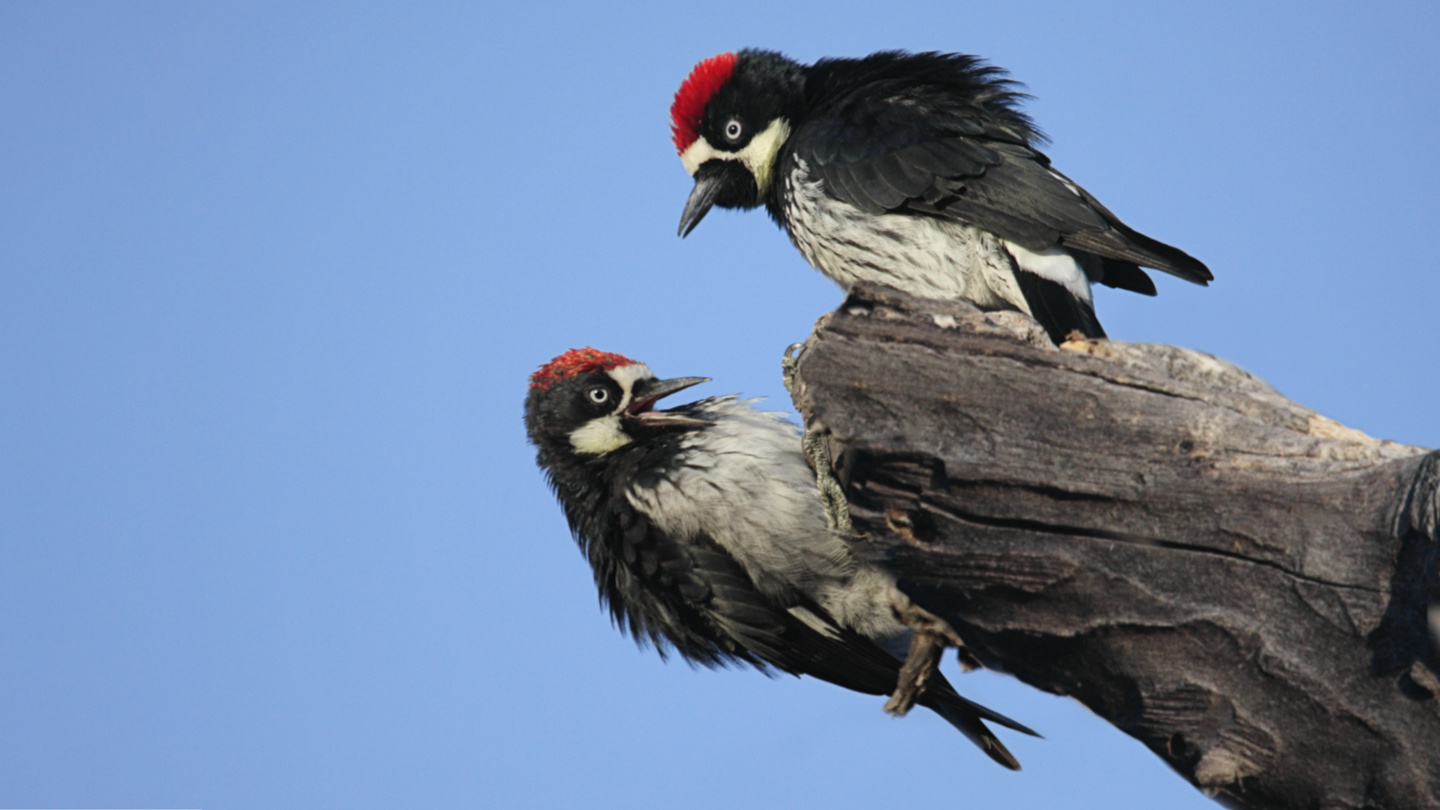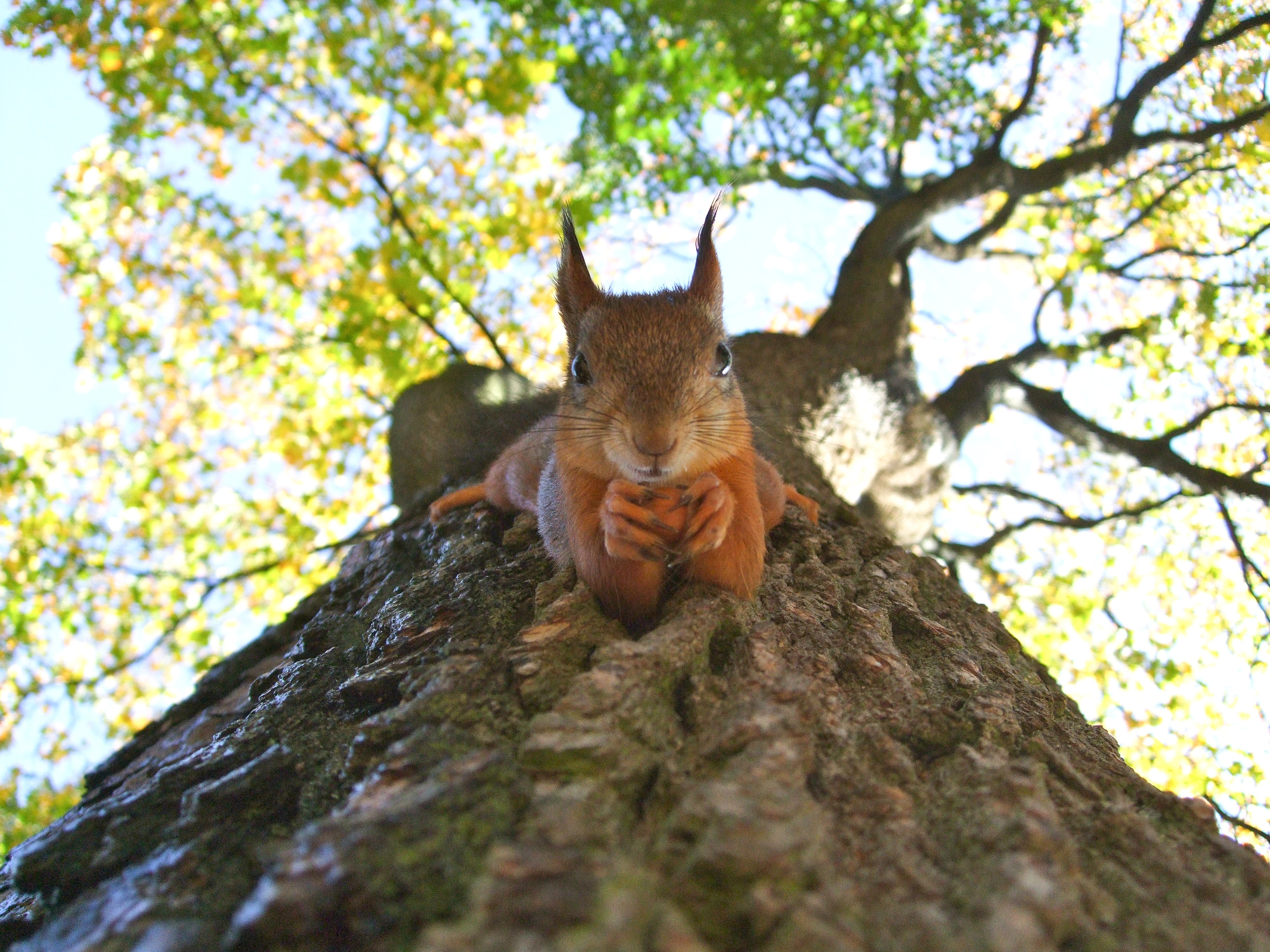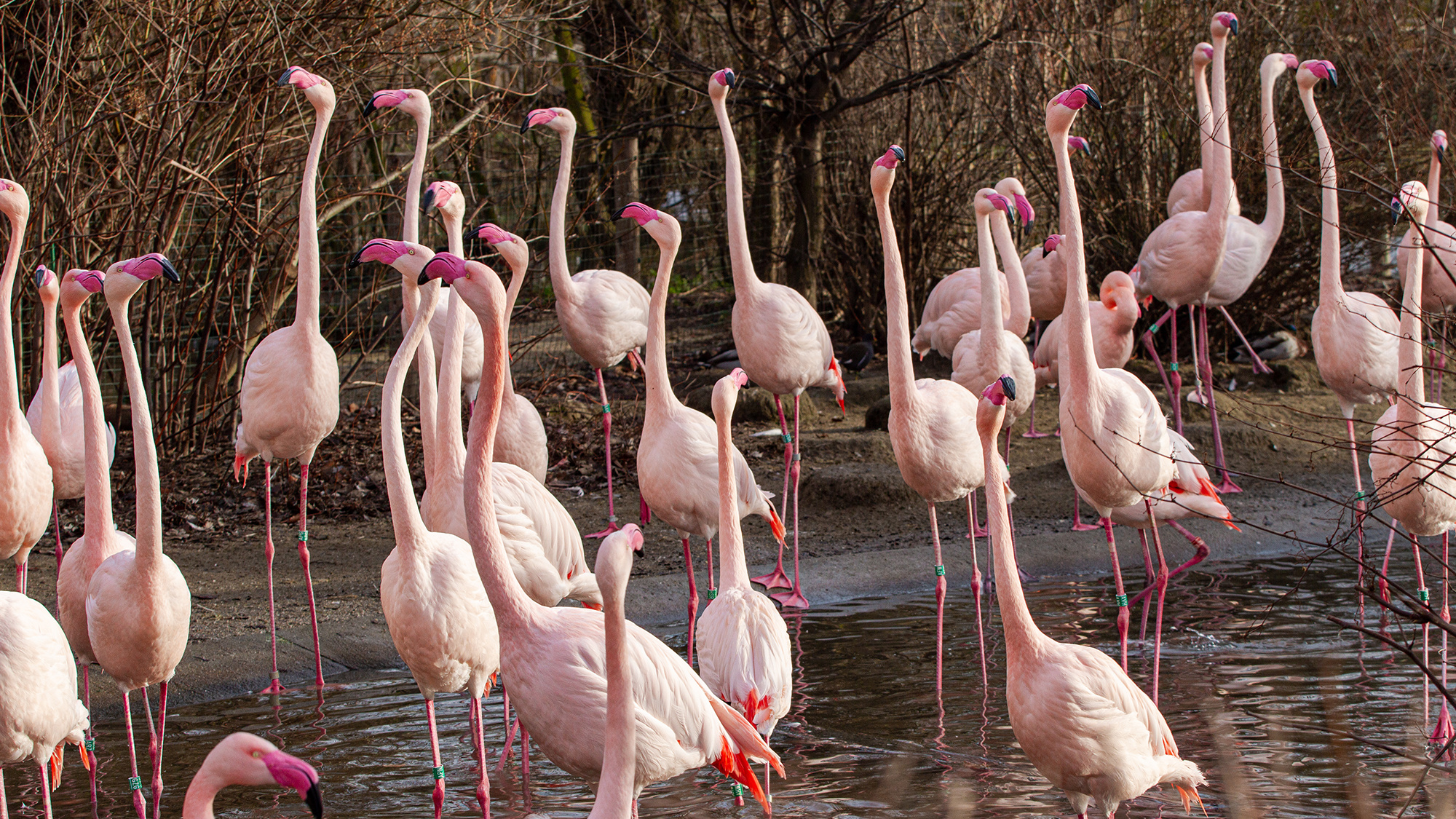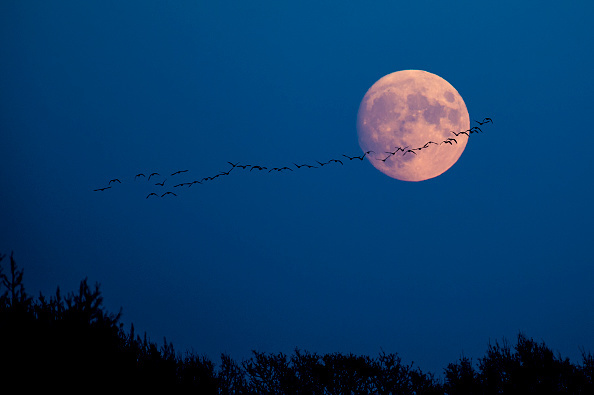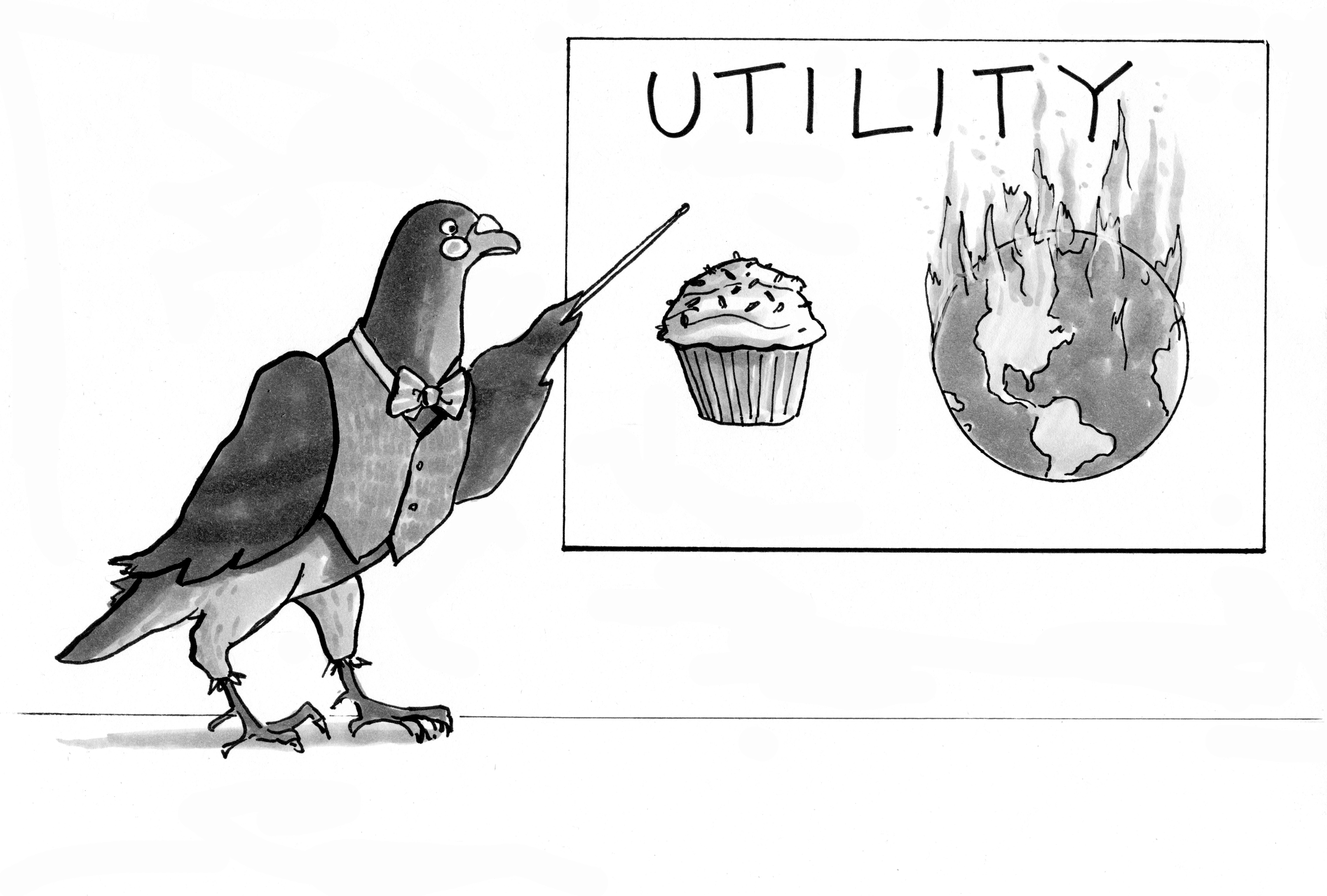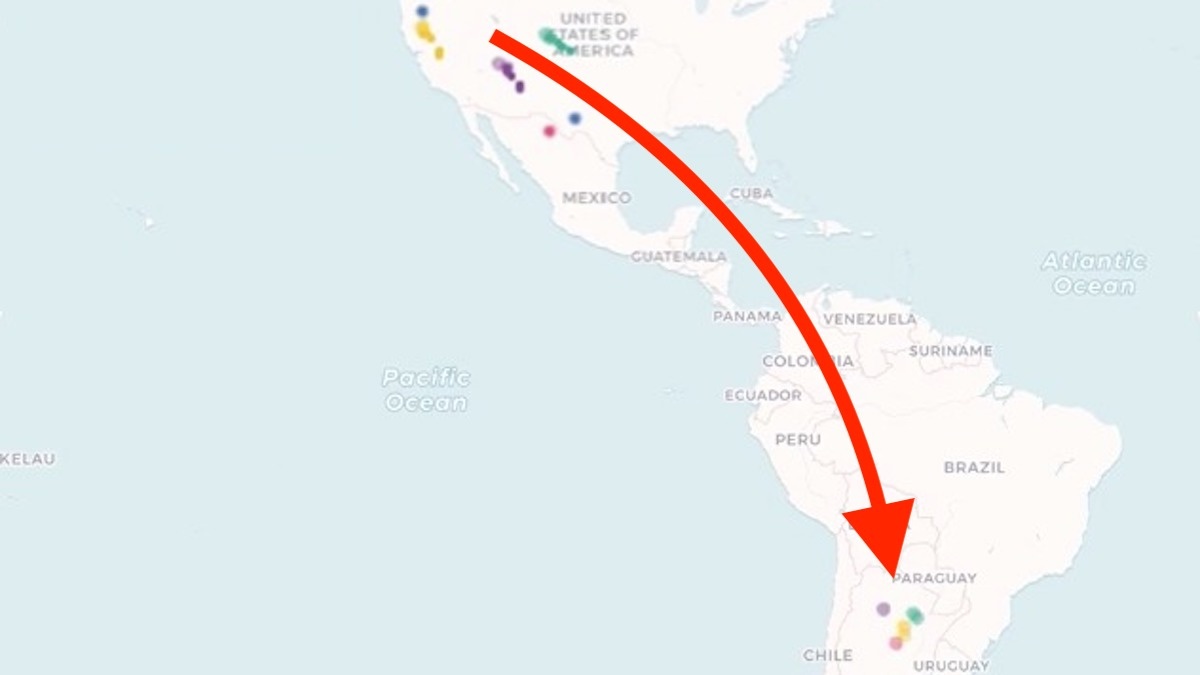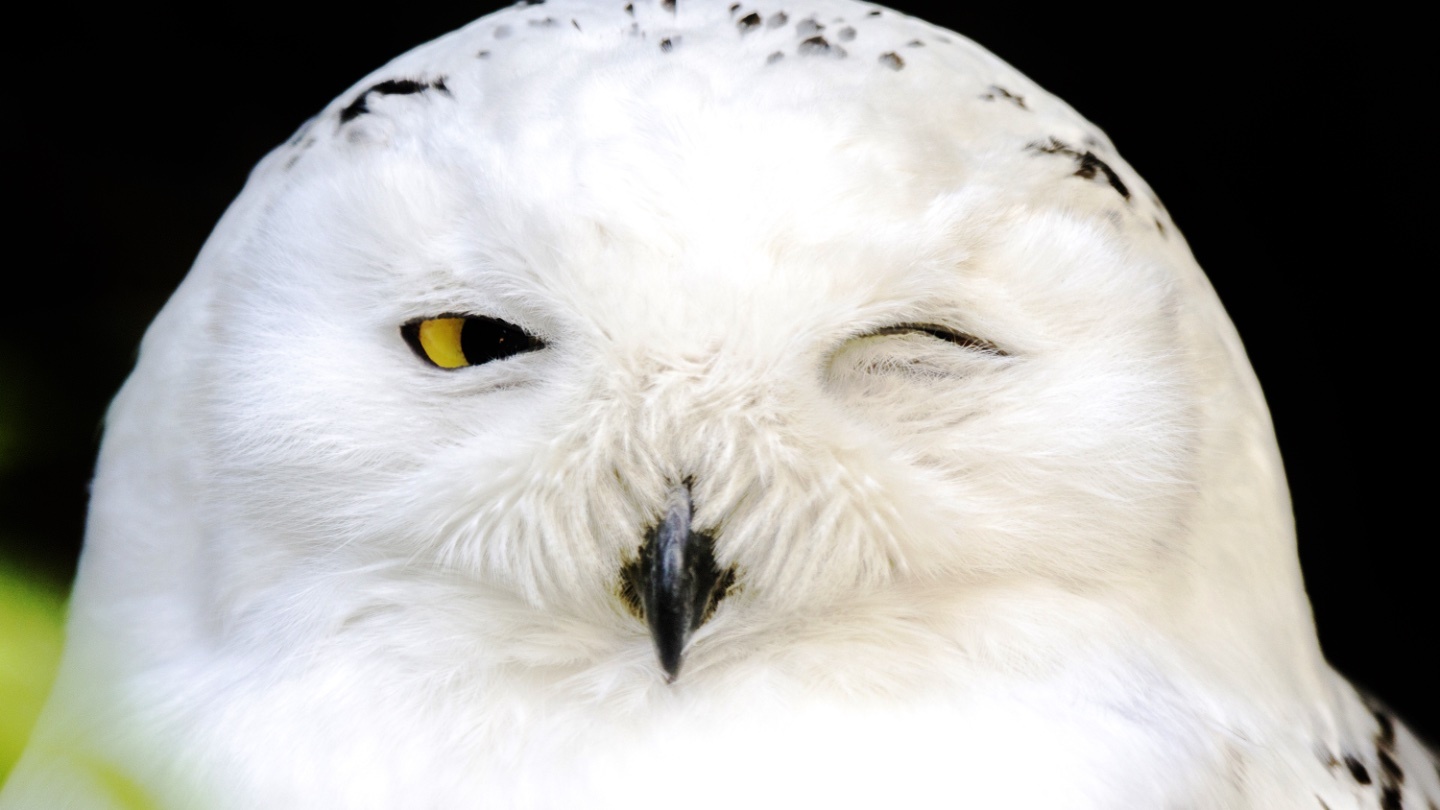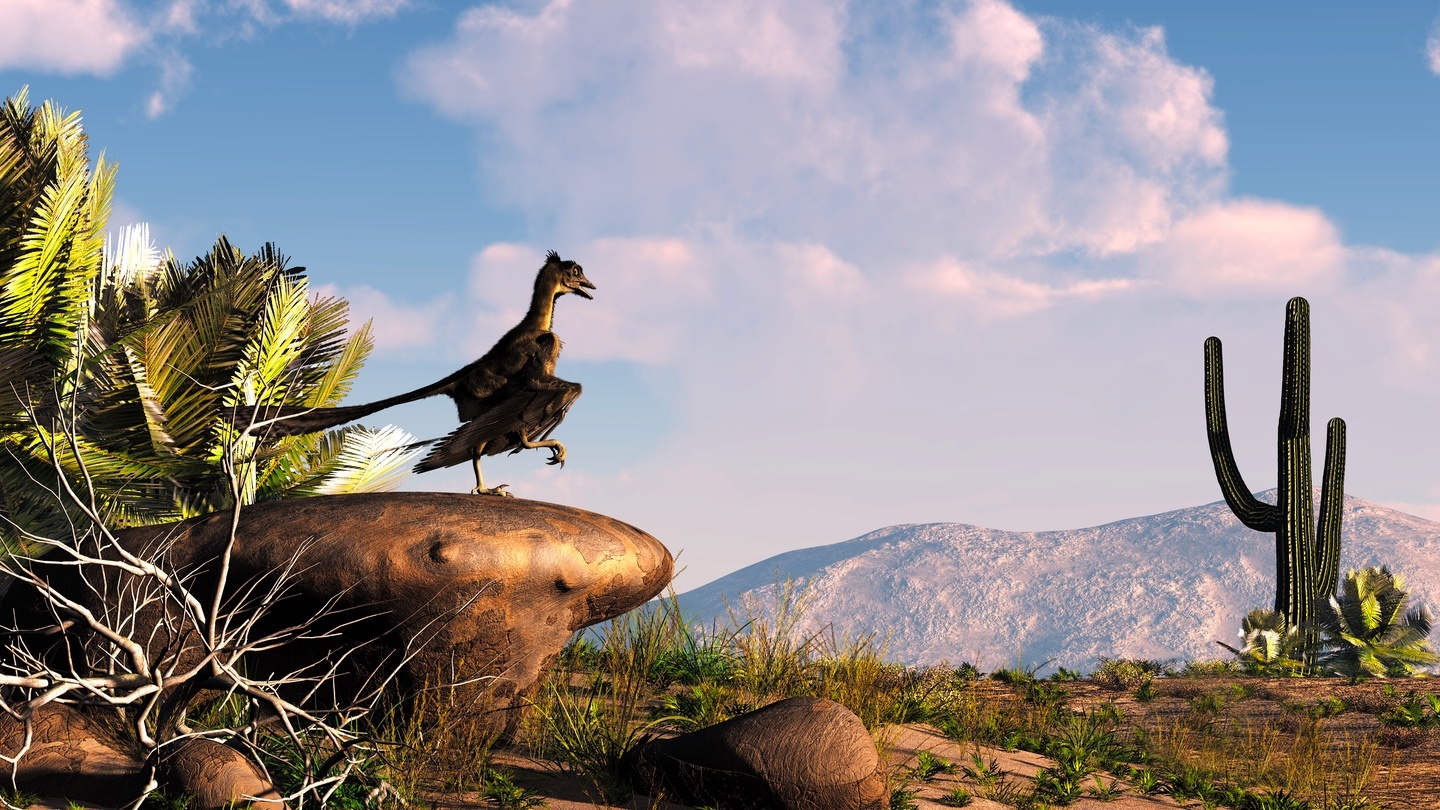birds
The brain of an ancient bird offers clues to the survival of its modern-day relatives.
Australian parrots have worked out how to open trash bins, and the trick is spreading across Sydney.
Evolutionary success is not about the number of one’s children, but one’s grandchildren: the children need to survive and pass on their genes.
University of Tokyo scientists observe predicted quantum biochemical effects on cells.
One of the world’s most isolated island groups has just been made one of the world’s largest ocean reserves.
Crows have their own version of the human cerebral cortex.
Acorn woodpecker battles over prized territory are serious business.
Maybe you’ve been wondering if you’re seeing one persistent squirrel or a rotating cast of characters.
These pink feathered folk form complex social networks and are choosy about who they spend their time with, according to a new study.
Groundbreaking neurological research on songbirds provides insight on human learned behavior and speech.
New research provides insights on the effect of the lunar cycles on wildlife behavior.
Determining whether human nature is short-sighted when it comes to survival-necessary situations
Despite the moniker, bedbugs evolved long before mattresses and even survived the K-T extinction.
Tracking project establishes northern Argentina is wintering ground of Swainson’s hawks
Lasers solve the mystery of the missing quill.
Feathery dinosaurs are the perfect case study of how scientific revolutions happen.
▸
6 min
—
with
Is beauty always a proxy for genetic health and fitness? Charles Darwin didn’t think so.
▸
5 min
—
with
What do we see from watching birds move across the country?
